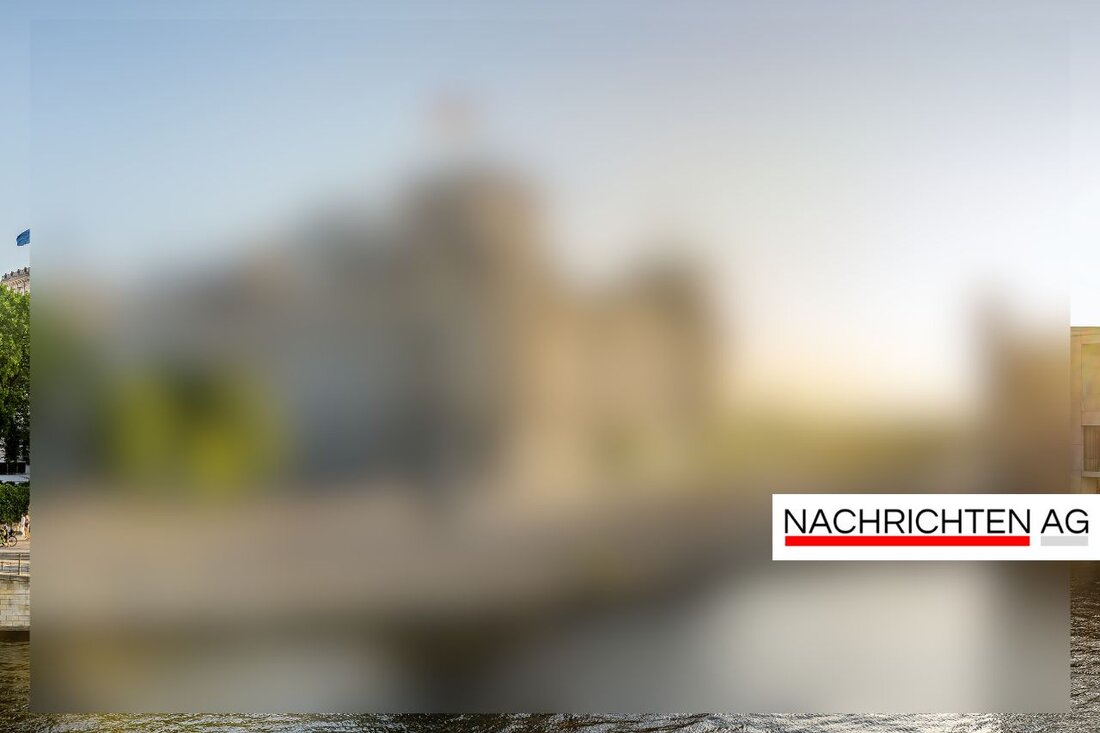Trade tax in the Eichstätt district: Who pays the highest rates?
Eichstätt is recording falling trade tax revenues and various assessment rate adjustments. Current comparisons and municipal trends.

Trade tax in the Eichstätt district: Who pays the highest rates?
The Eichstätt district, picturesquely nestled between rolling hills and idyllic villages, has a lot to offer in the trade tax landscape. The local trade tax rates vary greatly and cause discussions among entrepreneurs. The average is 338 percent, which is slightly below the average compared to the Upper Bavarian average of 342 percent Danube Courier reported.
While many municipalities in Upper Bavaria increased their assessment rates last year, the Eichstätt district is rather moderate. Only four out of 30 municipalities have increased the assessment rates. Hepberg has achieved the highest assessment rate of 400 percent, followed by Wettstetten with 375 percent, Kösching with 390 percent and Kipfenberg with now 310 percent. In contrast, municipalities such as Altmannstein, Kinding, Pollenfeld, Schernfeld and Walting have the lowest assessment rate in the district at 300 percent. The Chamber of Commerce and Industry for Munich and Upper Bavaria emphasizes that around 30 percent of local tax revenue comes from net trade tax revenue.
Tax pressure and competitiveness
In times of economic uncertainty, tax increases quickly become noticeable. Alexander Kessel, chairman of the Eichstätt IHK regional committee, warns of further increases. “Tax increases in such difficult economic times could harm companies,” he is convinced. The trade tax is rather high by international comparison: in Germany the tax burden is around 30 percent, while the OECD average is only 23 percent. High trade tax burdens can quickly lead to competitive disadvantages and even deter new companies like this Destatis determines.
Municipal budgets are under pressure, particularly due to increasing expenditure and investments in infrastructure, which also need to be financed. The situation remains exciting because the new federal government plans to increase the minimum assessment rate nationwide from 200 to 280 percent. In this context, it could be advisable for many municipalities in the Eichstätt district to review the assessment rate and see whether adjustments are necessary.
Review of past developments
In the last ten years, no municipality in the Eichstätt district has lowered its assessment rate. This shows that the trend is towards an increase. In seven municipalities, the assessment rates have increased by up to 50 percentage points. Overall, the municipalities in the Eichstätt district collected around 67 million euros from trade tax in 2024, which is 13 million euros less than in the previous year. This number shows how much the economic situation and the associated sales influence trade tax revenue.
In summary, it can be said that the trade tax rates in the Eichstätt district are a complex issue that affects both small and large companies. It remains to be seen whether municipalities will change in the coming years - but a good hand in tax policy would certainly be an advantage for local companies.

 Suche
Suche
 Mein Konto
Mein Konto